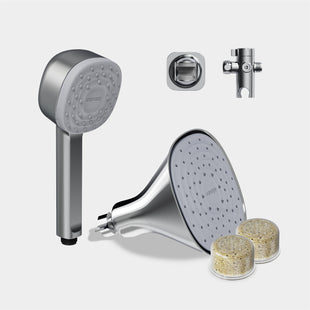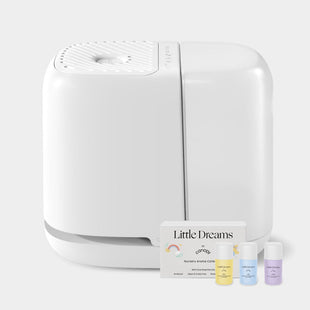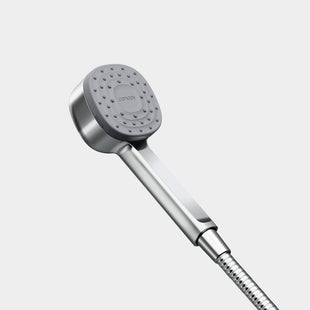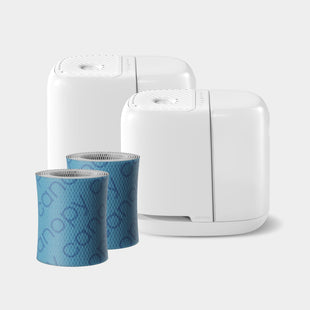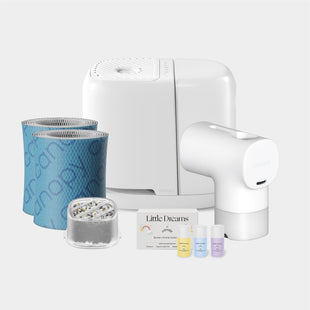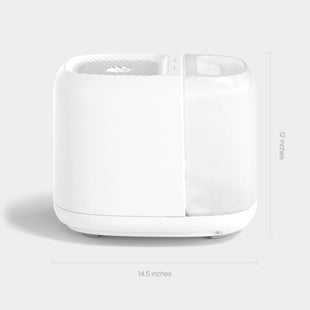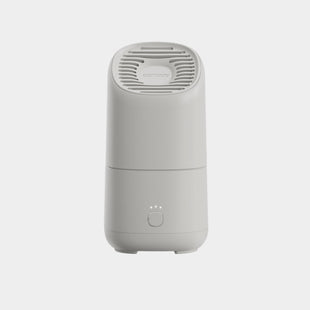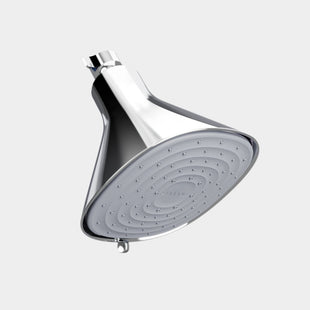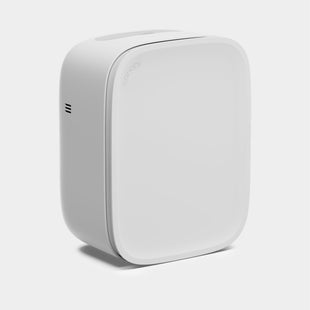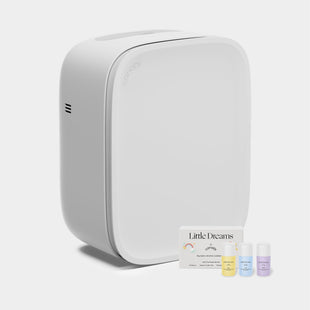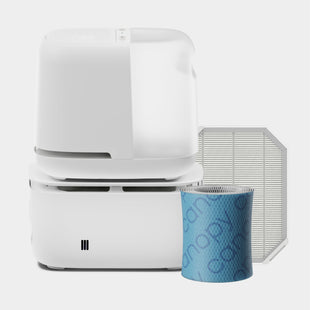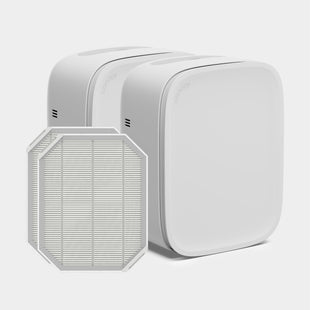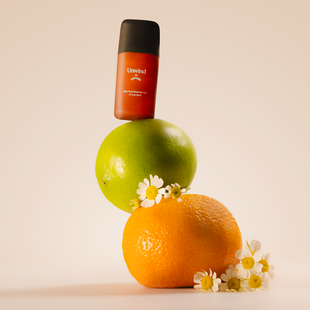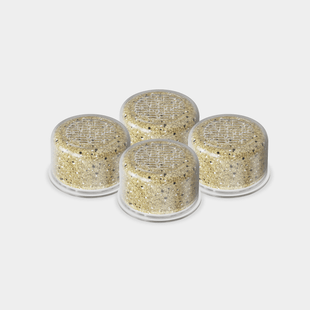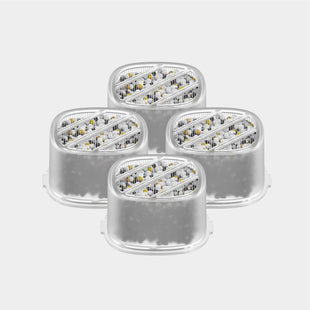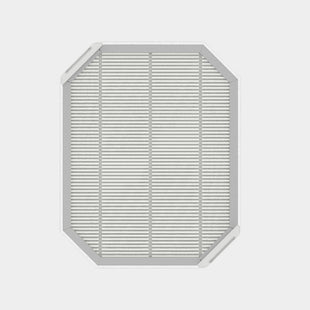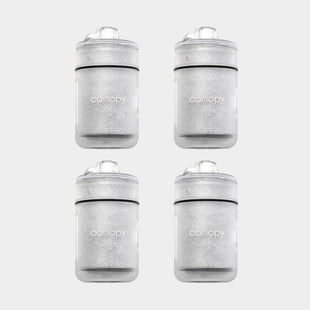Although winter is the season to bundle up in cozy sweaters and spend festive holidays with family and friends, it’s also the time of year when people face the effects of exposure to frigid, dry air. Cranking the steam radiator could affect humidity levels in your dwelling, too. The following guide explains how steam radiators work and how they contribute to indoor humification.
How Does Steam Heat Work?
Cast-iron steam radiators are common fixtures in apartments and older houses. The bulky, freestanding appliances are wall- or floor-mounted. Pipes are positioned alongside the vertical fins or coils. The radiator in each room attaches to a central boiler, which is typically located in the basement.
The boiler boils water to produce steam. The steam filters up the pipes, which causes the fins to get hot and disperse heat into the surrounding area through radiation and convection. The heat filters into a room through air vents. As the air cools, it filters to the area underneath the radiator. There it turns into condensation that flows through the pipes back to the boiler.
Why Is Humidity a Problem During Winter?

Cold air holds less water vapor than warm air, which is why indoor humidity levels tend to drop during winter. Lack of moisture in the air can cause sinus problems, itchy skin, painful zaps, and bad hair days due to the buildup of static electricity. Low humidity wreaks havoc on hardwood flooring and furniture as well. When the air’s moisture content is low, dry air draws moisture out of hardwood. The material shrinks and cracks as a result.
Do radiators dry out the air? Well, using the heating system doesn’t necessarily improve the situation. Although the water capacity of air increases when it’s warmed up by the radiator, the moisture content of the air doesn’t change. Relative humidity drops as a result. In short, a steam radiator isn’t a stand-in for a humidifier in winter.
It is possible for a radiator to release steam into living spaces, which in turn, causes indoor humidification to increase. When operating correctly, however, the radiator should only disperse heat. The steaming could be a symptom of a clogged air vent.
How Can You Improve Humidity Levels in Winter?
Cast-iron steam radiators and humidifiers can be used together to improve home comfort by increasing humidity levels to the recommended 30 to 50%. There are humidifiers designed to rest on top of, next to, or under the appliance. The heat the radiator disperses causes the water inside the humidifier to evaporate and release moisture into the dry air.
If you don’t want to attach your steam radiators to humidifiers, portable devices are available. Place a humidifier on a table or nightstand, or opt for a floor unit that can treat larger rooms. As you use the radiator to heat your home, turn on the humidifiers to release moisture into the air.
Decorating your place with houseplants can also give indoor humidity levels a boost. Some of the water plant roots absorb from the soil travels up the stems to the leaves, then evaporates into the air through the leaves’ pores. Jade and spider plants are particularly capable of increasing humidity levels.
When showering, leave the bathroom door open a crack. This allows steam to escape into the surrounding rooms and increases the air’s moisture content.
Canopy has the solutions to increasing indoor humidity in your home during winter and improve household comfort throughout the year. Our original humidifier can hydrate up to 500 square feet of space, while the Humidifier Plus is perfect for areas up to 1,000 square feet.

